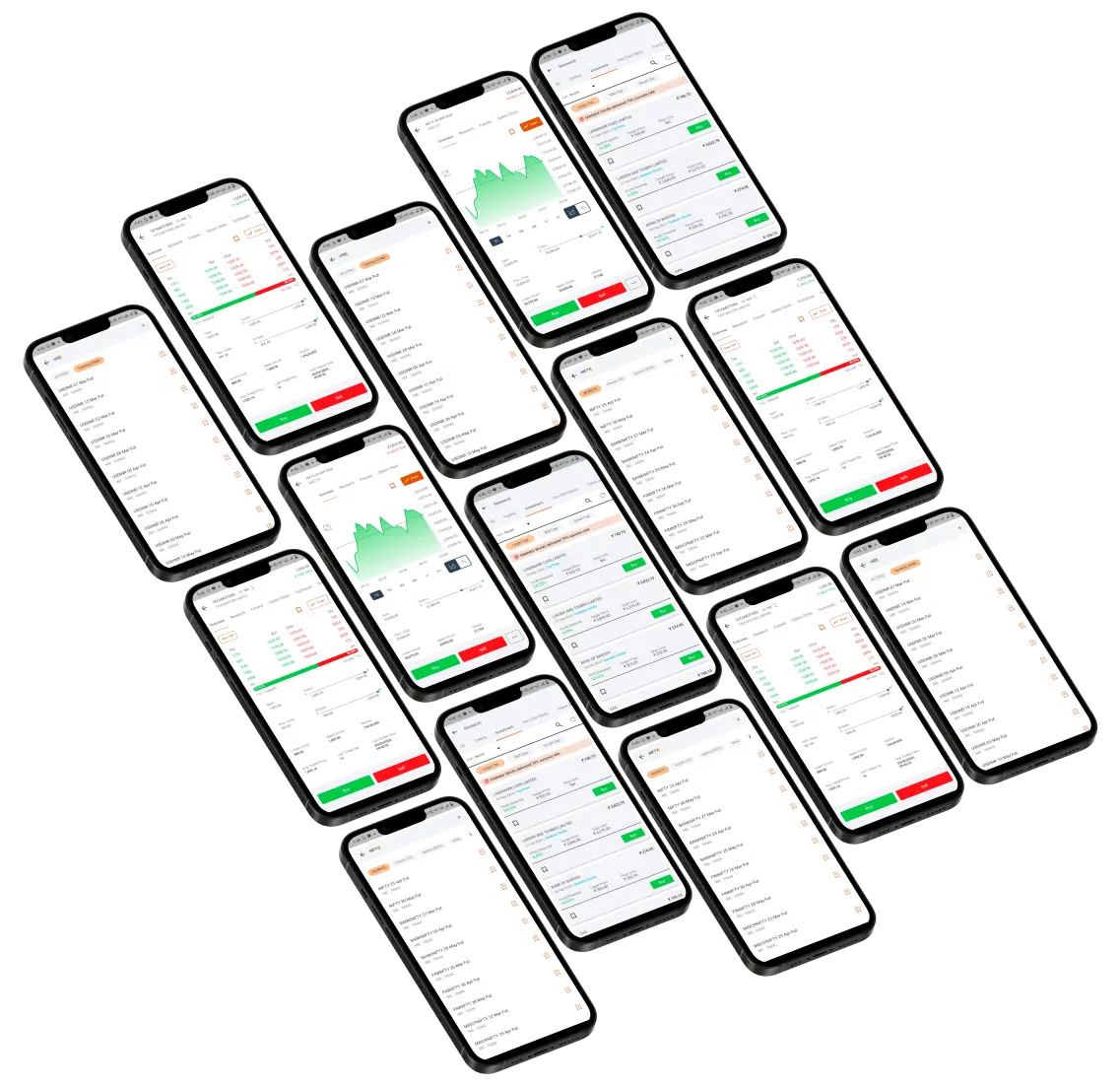
Retail inflation drops to 3.5% in July
The Reserve Bank of India (RBI) has set a retail inflation target of 4%. The central bank aims to keep inflation between 2% and 6% in India. For the past 5 years (59 months), the RBI was unable to meet its retail inflation target of 4%. The inflation data every month was over 4%. For the first time in half a decade, the inflation number came below 4%. In this article, we try to understand retail inflation, historical numbers, and the factors that impact retail inflation.
What is retail inflation?
Let us start with the basics. Retail inflation measures the average price change in goods and services purchased by the Indian household. It tells how much more people are paying for the same items over a period. In other words, a retail inflation of 4% tells us that, on average, if a basket of goods (and services) cost Rs 100 last year, the same basket costs Rs 104 today.
Here are a few key points you must know related to retail inflation:
- Consumer-centric: It focuses on goods and services bought by consumers for daily use.
- Calculated using CPI: The Consumer Price Index (CPI) is the primary tool for measuring retail inflation.
- Impact on the Economy: High inflation erodes purchasing power, while low inflation can signal an economic slowdown.
- RBI's Focus: Central banks closely monitor retail inflation to set monetary policies.
History of Retail Inflation in India
Let us look at the historical retail inflation numbers to give you a sense of what is happening presently. You would be surprised to know that the highest retail inflation in India stood at 28.60% in 1974, and the record low was reported in 1976, with inflation being negative at - 7.63%. Between 1960 and 2023, the average inflation in India was 7.37%. However, if we look at the last 20 years, the average inflation is lower. Between 2004 and 2023, the average inflation has come down to 6.61%.
Here is the table showing inflation numbers from the last 20 years.
|
Year |
Retail Inflation |
|
2023 |
5.65% |
|
2022 |
6.70% |
|
2021 |
5.13% |
|
2020 |
6.62% |
|
2019 |
3.73% |
|
2018 |
3.94% |
|
2017 |
3.33% |
|
2016 |
4.95% |
|
2015 |
4.91% |
|
2014 |
6.67% |
|
2013 |
11.06% |
|
2012 |
9.31% |
|
2011 |
8.86% |
|
2010 |
11.99% |
|
2009 |
10.88% |
|
2008 |
8.35% |
|
2007 |
6.37% |
|
2006 |
5.80% |
|
2005 |
4.25% |
|
2004 |
3.77% |
India's retail inflation in 2024
Retail inflation between 2017 and 2019 was within the RBI threshold limit. However, post-COVID, the inflation numbers have increased. In fact, in 2020 and 2022, it was over the upper threshold of 6%.
The numbers are looking better in 2024. Here is how the retail inflation numbers look from 2024.
|
Month (2024) |
Retail Inflation |
|
January |
5.10% |
|
February |
5.09% |
|
March |
4.85% |
|
April |
4.83% |
|
May |
4.75% |
|
June |
5.08% |
|
July |
3.54% |
As you can see, the retail inflation for all the months in 2024 is below the upper retail inflation limit of 6%. In July, for the first time, it was below the 4% threshold. One of the factors that led to the sharp drop in July was food inflation, which was the lowest since June 2023. During the month, inflation decreased across all food groups, with a notable drop in the prices of vegetables, fruits, and spices.
The outcome of present Retail Inflation
The recent drop in inflation is good news for investors and the central bank. Lower inflation eases pressure on the Reserve Bank of India (RBI) to maintain high interest rates, raising hopes for potential rate cuts in the future. This positive outlook also has the potential to boost investor sentiment and drive stock prices higher in the coming months. Here are some positive implications for the Indian economy:
- Increased consumer spending power: Lower inflation means consumers have more disposable income to spend, boosting overall consumption.
- Reduced interest rates: The RBI may consider easing monetary policy, leading to lower interest rates on loans and encouraging investments and consumption.
- Stable economic environment: Lower inflation contributes to a more stable economic environment, boosting business confidence and investment.
- Improved investor sentiment: As mentioned above, lower inflation can improve investor sentiment, leading to higher stock prices and increased foreign investment.
- Reduced cost of living: Lower inflation directly translates to reduced living expenses for households, improving their standard of living.
Factors affecting Retail Inflation
Below are some of the many factors that could affect retail inflation in India:
- One of the drivers for inflation is the monsoons. A good monsoon results in a better Kharif crop, which helps lower food inflation.
- The monsoon spread and the timely onset of monsoon also have an impact on CPI inflation.
- Perishables are another essential determinant of CPI inflation.
- Supply bottlenecks are another vital component of CPI inflation.
- When the government puts more money in the hands of people, it could lead to higher inflation.
- Changes in global crude oil prices directly affect domestic fuel prices, influencing transportation costs and overall inflation.
- The prices of commodities like metals, minerals, and chemicals affect manufacturing costs and consumer prices.
Before you go
Economists assert that inflation is likely to surprise on the downside compared with the RBI’s 4.4% inflation forecast for July-September 2024. The central bank did not change the overall inflation outlook for FY25 from 4.5%. It did project a higher inflation of 4.4% from 3.8% for the second quarter of FY25. It would be interesting to see if the central bank goes for the rate cut sooner than expected now.










